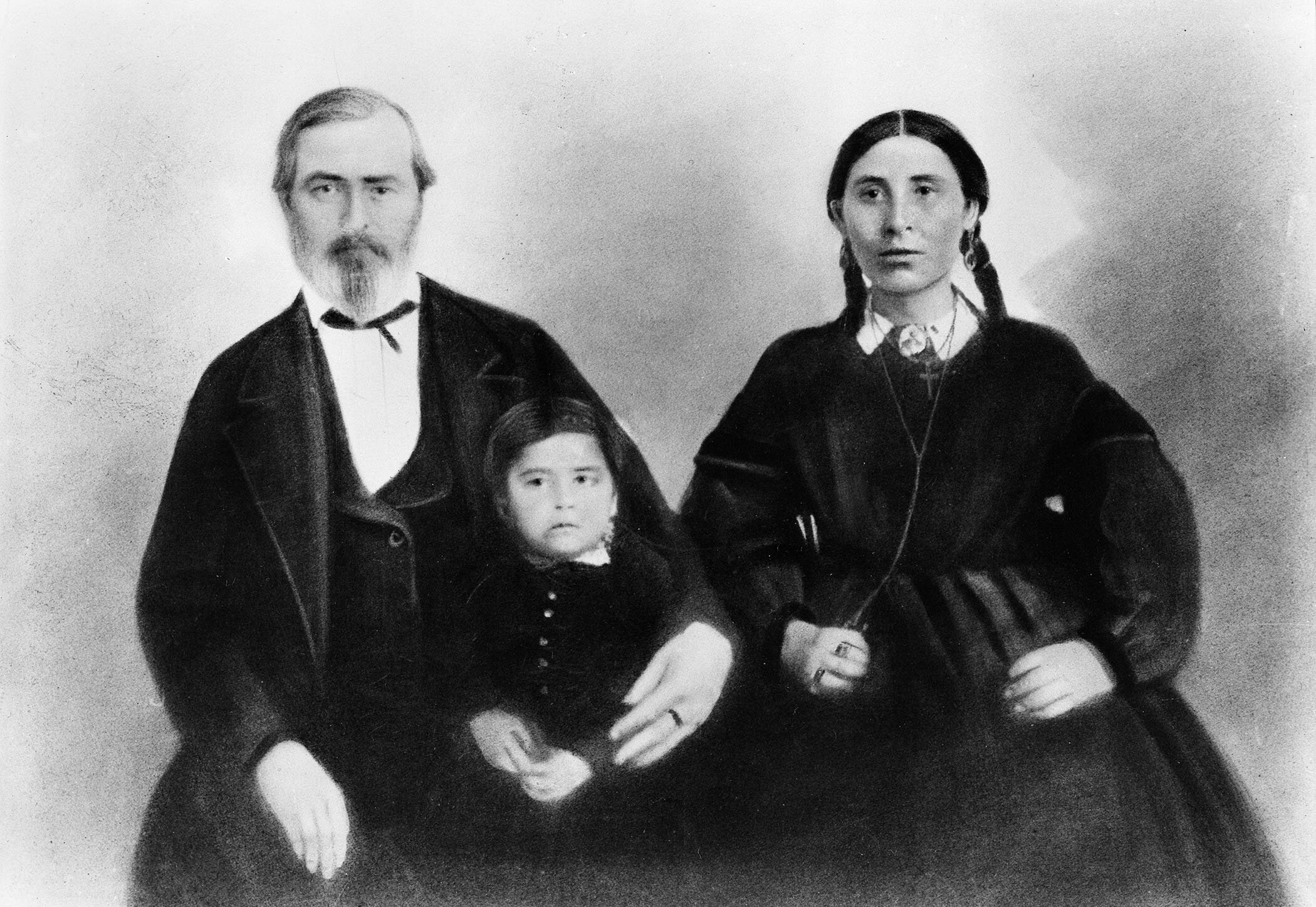Niitsitapi and Epidemics
The Niitsitapi, or Blackfoot people, have been hit repeatedly by epidemics. Rebecca Many Grey Horses shares her research about the impact of smallpox, measles, scarlet fever and the Spanish flu.
Learn more about the Spanish Flu Pandemic in southern Alberta in our online exhibit Pandemic at Home: The 1918–1919 Flu.
The Galt is grateful to the subject-matter experts delivering online content. As local professionals and knowledge experts, these presenters add valuable contributions to the local discourse; however, their ideas are their own. The people featured in the videos and those behind the scenes followed best practices to protect their health and safety.
What would visitors at both the modern-day replica and the original Fort Whoop-Up have seen and experienced during the holiday season?
Southern Alberta is traditional Niitsitapi, or Blackfoot, territory. Rebecca Many Grey Horses discusses the importance of several sites including Chief Mountain, Crowsnest peak, Devil's Thumb, the Sweetgrass Hills, Writing on Stone, Head-Smashed-In Buffalo Jump, as well as the significance of medicine wheels and tepee rings.
The Niitsitapi, or Blackfoot people, have been hit repeatedly by epidemics. Rebecca Many Grey Horses shares her research about the impact of smallpox, measles, scarlet fever and the Spanish flu.
A diplomat and mother, Natawista played a key role in helping establish treaties and navigate negotiations between American and British traders with Blackfoot tribes.
Potai’na (Flying Chief), also known as Joseph Healy, was a prominent member of the Kainai Nation and son of Akai-nuspi (Many Braids) and Pi’aki (the Dancer).
William Gladstone (“Old Glad”) was the head carpenter and blacksmith at Fort Whoop-Up. He was a former carpenter and boat builder for the Hudson’s Bay Company, and he was hired in Fort Benton in the early summer of 1870 for the two-year project of building the bigger, more permanent Fort Whoop-Up.
Niitsitapi used the area at the junction of the St. Mary and Belly, or Oldman, Rivers as a winter camp. The site was located along part of a traditional migration route known as the Old North Trail. It was known as Ákáí’nissko (Many Deaths Place).
American free traders Alfred B. Hamilton and John J. Healy left Fort Benton in December 1869. They travelled for several weeks and in early 1870, they set up a trading post at the junction of the St. Mary and Belly, or Oldman, Rivers.









Rebecca Many Grey Horses presents an overview of Indigenous history in southern Alberta.